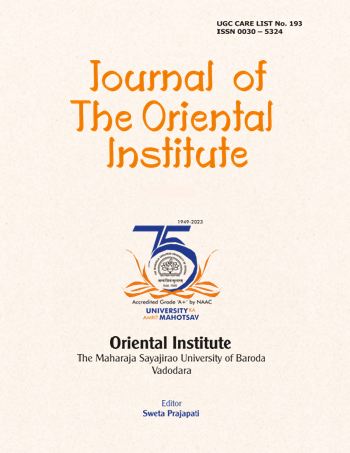GENDER DIFFERENCES IN SELF-EFFICACY BELIEFS AMONG PRE-SERVICE TEACHERS IN MANIPUR
DOI:
https://doi.org/10.8224/journaloi.v74i1.754Keywords:
Pre-service teachers, self-efficacy, females and males, student engagement, instructional practices, classroom managementAbstract
This study investigated gender differences in self-efficacy beliefs among pre-service teachers in Manipur, India, focusing on three key Subscales: Student Engagement (SE), Instructional Practices (IP), and Classroom Management (CM). Data were collected from 306 participants (96 males and 210 females) using 12-item TSES (Tschannen-Moran & Woolfolk Hoy, 2001). Independent t-tests revealed no statistically significant differences between genders across the three subscales: Student Engagement (p=0.061), Instructional Practices (p=0.228), and Classroom Management(p= 0.465). Effect sizes, measured using Cohen's d, were small with d=0.16 (CE), d=0.08 (IP), and d = 0.05 (CM), indicating minimal practical significance. These findings suggest that gender does not play a substantial role in shaping self-efficacy beliefs among pre-service teachers in this context. The results align with existing literature highlighting the limited influence of gender on teaching self-efficacy (e.g., Zee & Koomen, 2016). However, cultural and contextual factors unique to Manipur may warrant further exploration through qualitative methods to gain deeper insights into these patterns. This study would contribute to understanding teacher preparedness and highlight the need for targeted interventions to enhance self-efficacy irrespective of gender.








